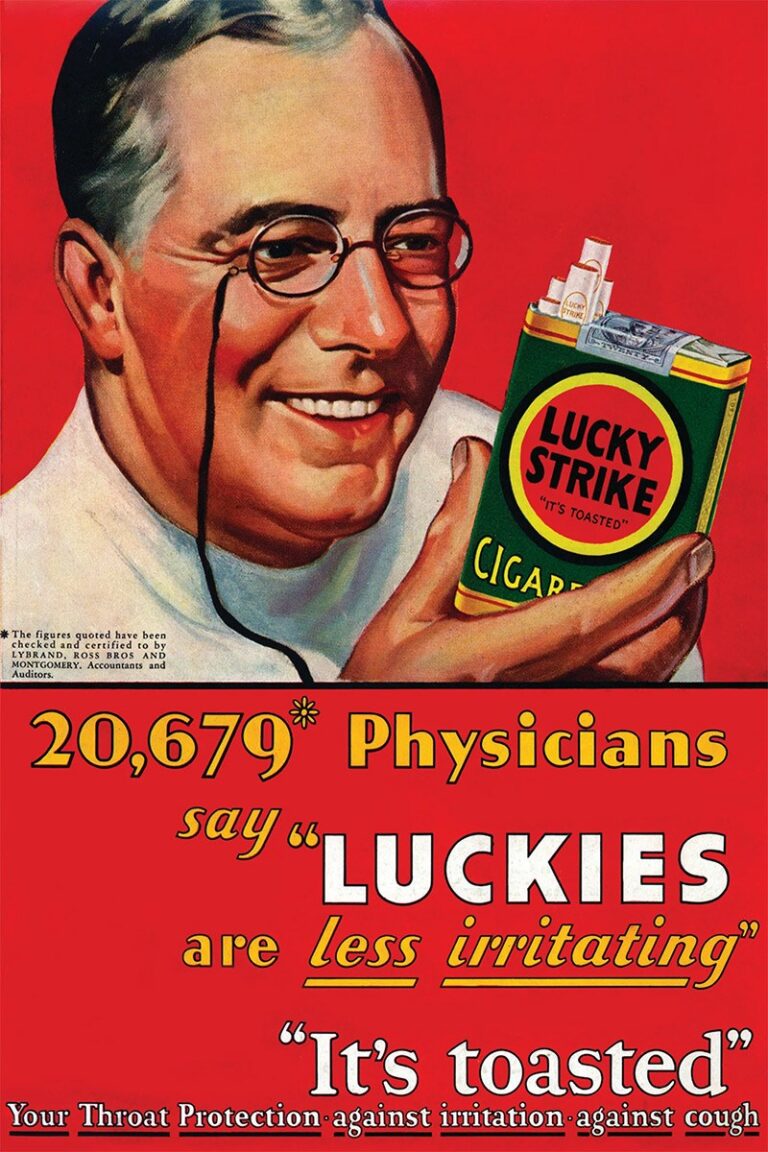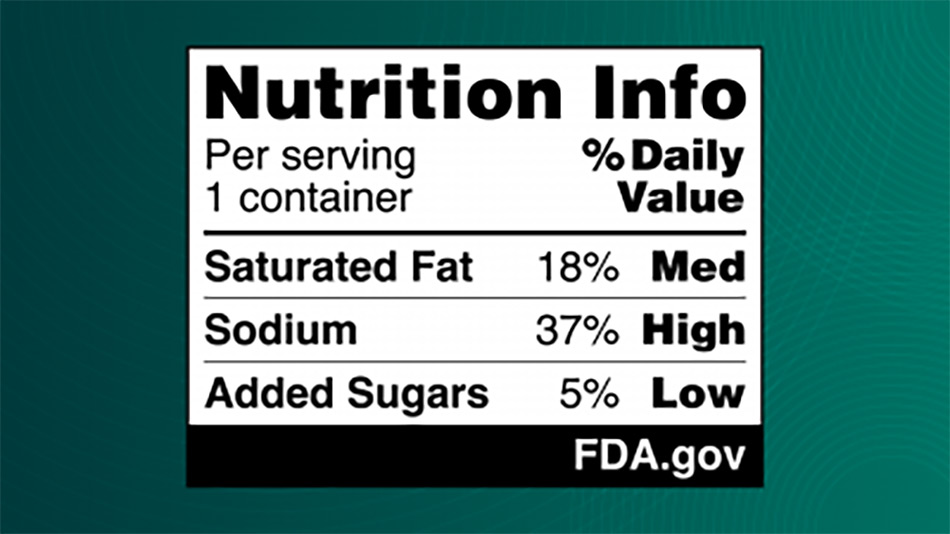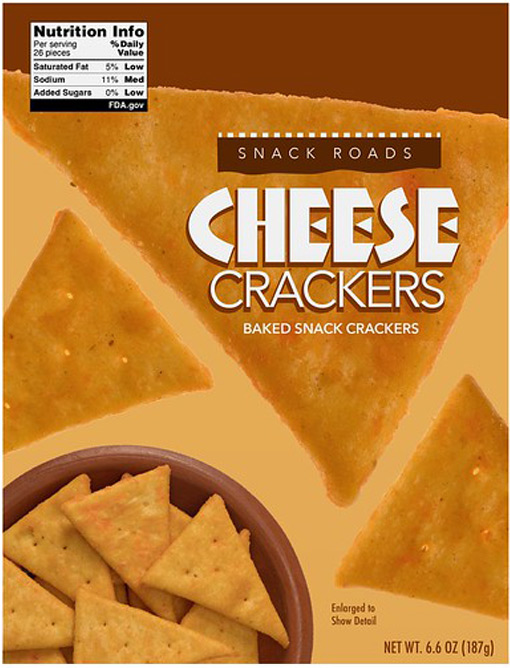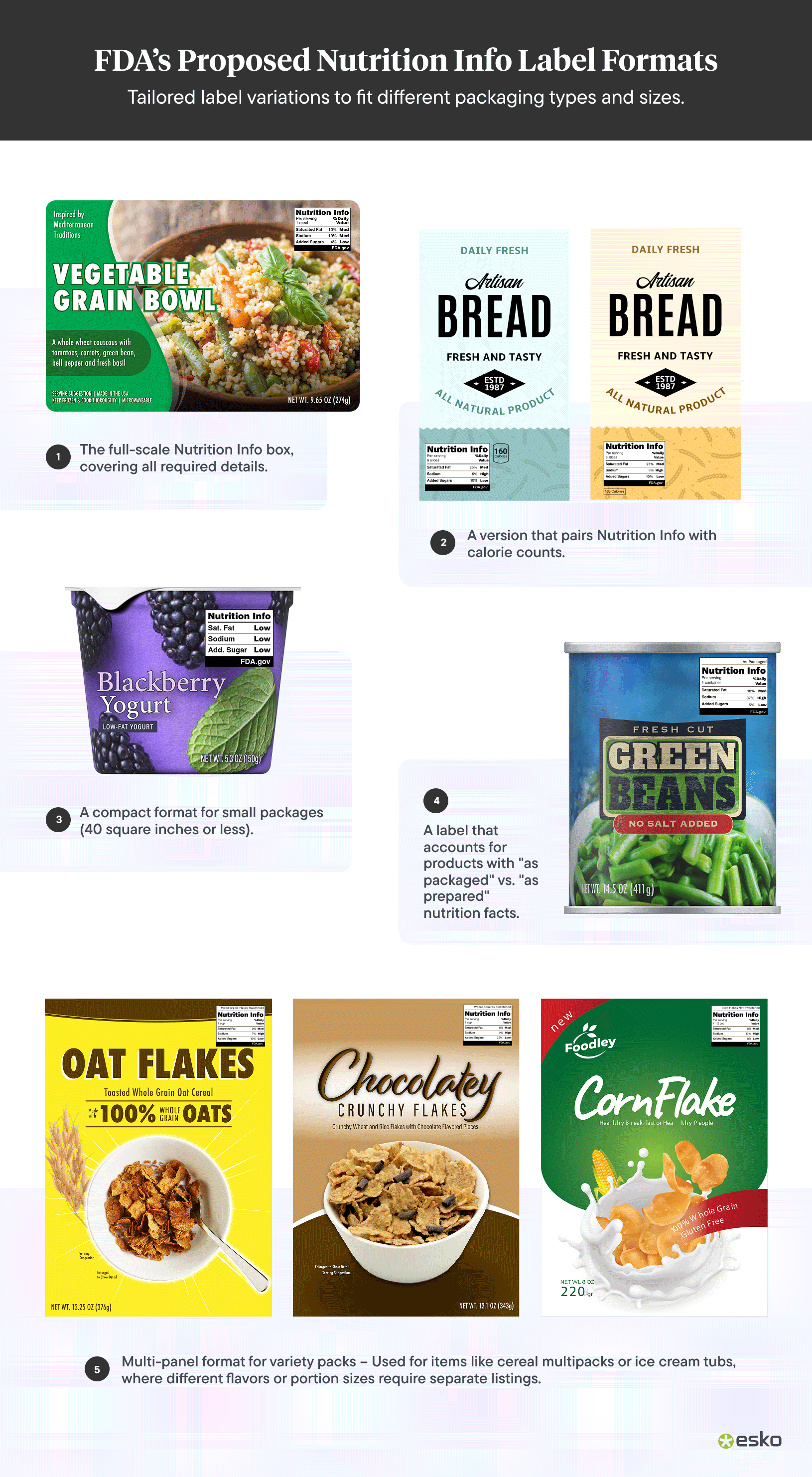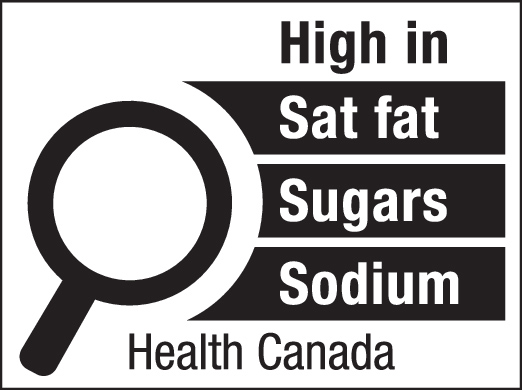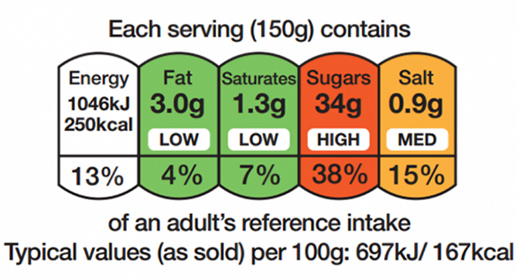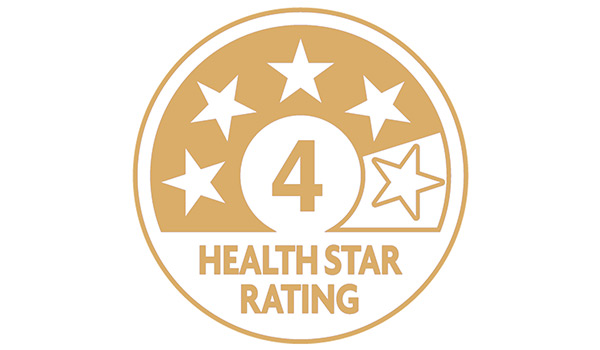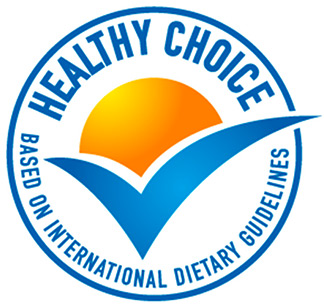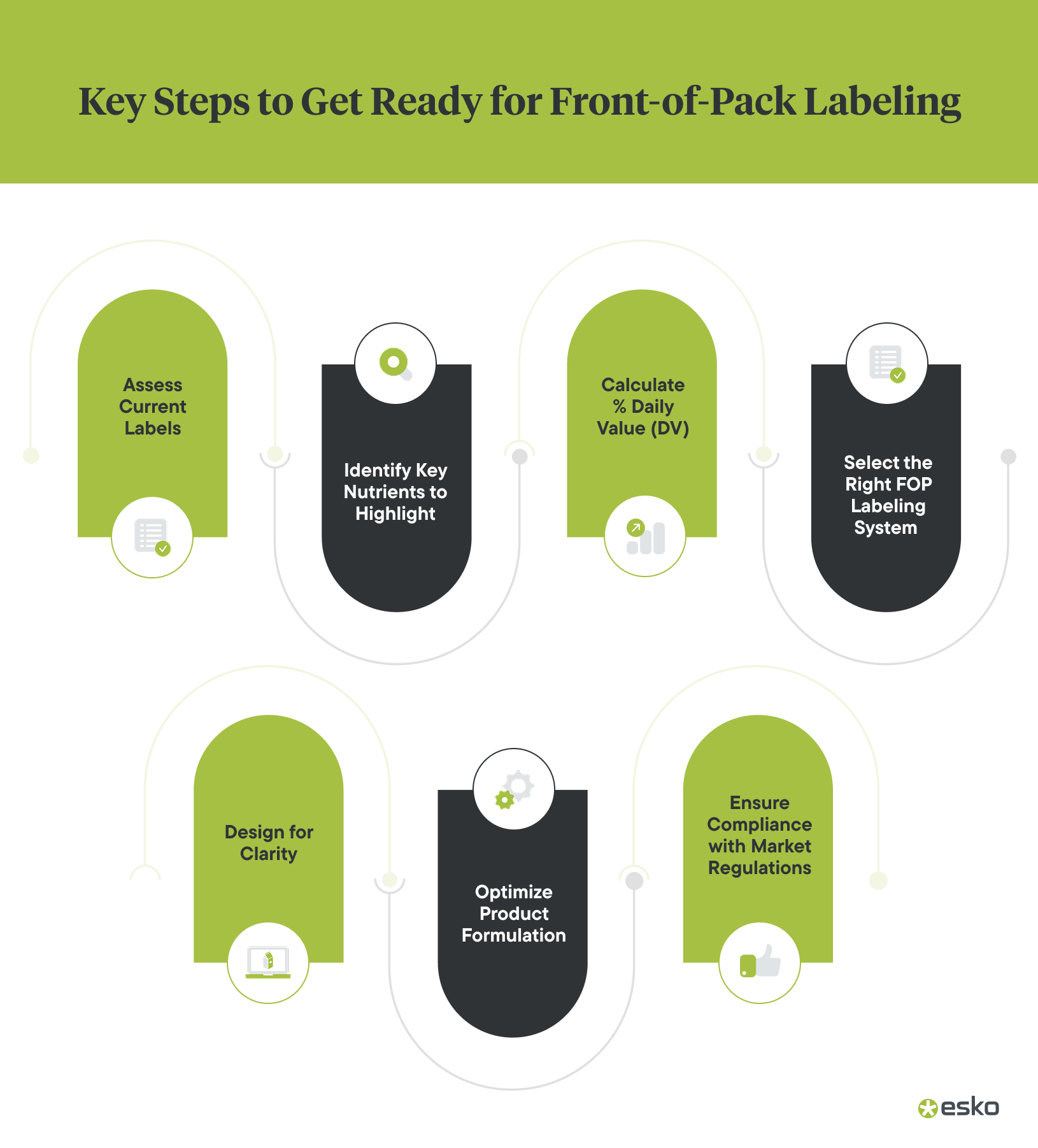This wasn’t the first time marketing blurred the lines between perception and reality. And while regulations have caught up, ensuring consumers make informed choices remains an ongoing battle. That’s why the FDA’s latest move on Front-of-Pack (FOP) labeling matters.
Like the bold warnings on today’s cigarette packs that make the dangers of smoking impossible to ignore, FOP labeling follows a similar strategy. Food and beverage brands are required to be more transparent about sugars, fats, sodium, and other nutrients that, when overconsumed, can contribute to obesity, heart disease, and other health issues.
Front-of-pack labeling allows consumers to quickly access information about a product’s nutritional value, enabling them to make healthier food choices.
Several nations already have a Front-of-Pack nutrition labeling (FOPNL) rule in place, with countries like Singapore, Venezuela, and Canda making it a mandatory requirement in recent years. The FDA has also followed suit with its proposed Front-of-Pack labeling requirement.
It was found that 60% of Americans suffered from at least one chronic disease, such as diabetes, cancer, or heart disease, costing the nation $4.5 trillion in annual health care expenses. Research shows the driving cause to be the overconsumption of sodium, saturated fat, and added sugars. With ultra processed foods leaving consumers spoilt for choice, the Nutritional Info box aims to provide shoppers with key details that will help them identify the healthier product from any supermarket aisle with little to no effort.
When consumers get information in a no-nonsense way, it becomes easier to compare the nutrient profiles of different products with just one glance at the box. For instance, a user buying a pack of cereal could compare multiple products within seconds to find the one with the lowest added sugar.
In January 2025, the FDA proposed a front-of-package labeling system. The rule requires most food packages to add a Nutritional Info box on the Principal Display Panel (PDP) of a food product. This is in addition to the nutritional facts label typically found on the back or side of the package.

